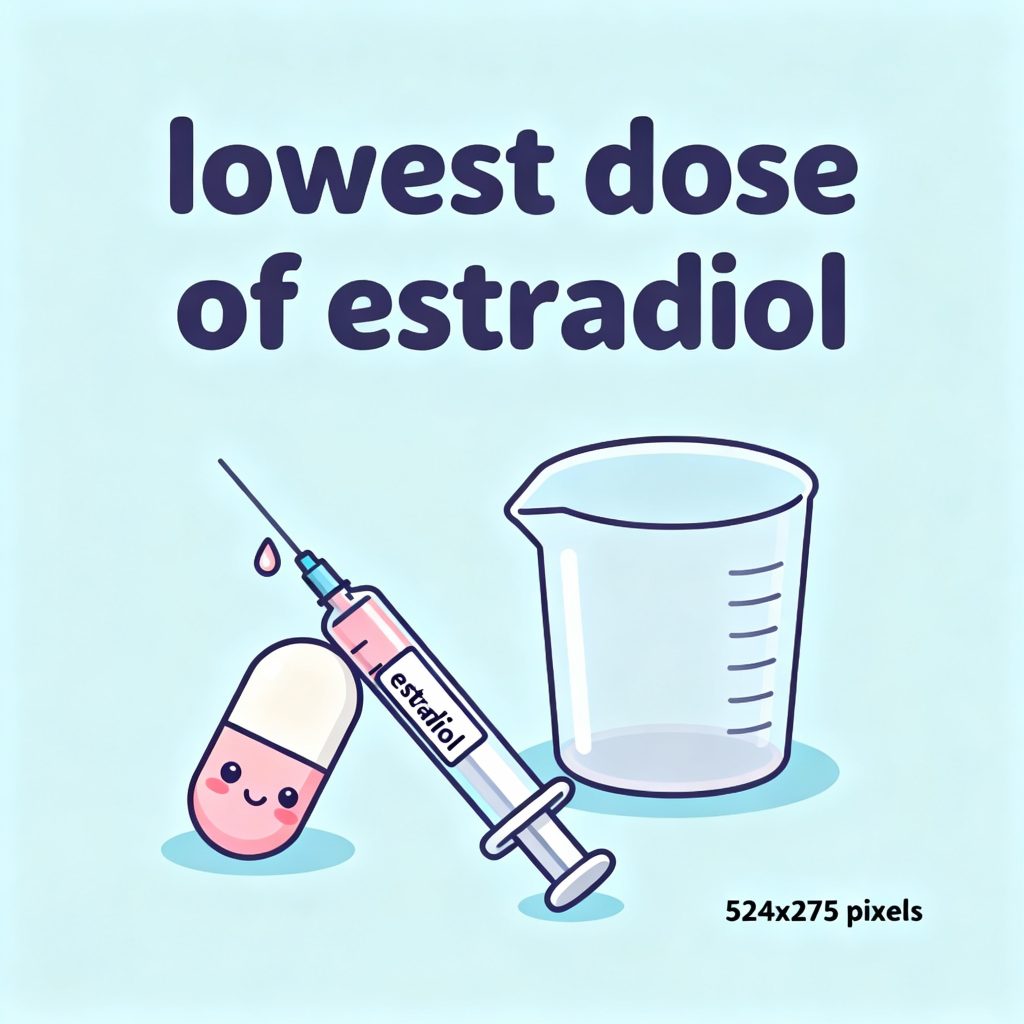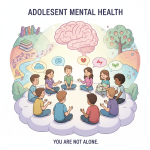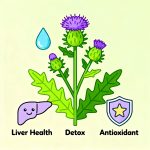Have you ever wondered what is the lowest dose of estradiol you can take safely while still feeling your best? Whether you’re entering menopause, starting hormone replacement therapy (HRT), or exploring ways to manage estrogen deficiency, finding that “just-right” dose can make all the difference.
The truth is: you don’t always need a high dose to feel results. Modern medical guidance emphasizes the lowest effective dose — enough to relieve symptoms without unnecessary side effects.
Let’s explore what that means, how to find your right dose, and how to support hormone health naturally.
Understanding Estradiol & Why Dose Matters
What Is Estradiol?
Estradiol is the most potent form of estrogen — the primary female sex hormone that regulates your reproductive system, bone health, mood, and even heart function. It naturally declines during menopause or certain medical treatments, leading to symptoms like hot flashes, mood swings, and vaginal dryness.
Estradiol therapy can be taken in several forms, including:
-
Oral tablets (most common)
-
Transdermal patches
-
Topical gels or sprays
-
Vaginal creams or rings
Each form affects the body differently — which is why the lowest dose varies depending on which type you use.
Why the Dose of Estradiol Matters
Taking too much estrogen can raise the risk of side effects such as:
-
Blood clots (especially with oral forms)
-
Breast tenderness or bleeding
-
Increased risk of breast or uterine cancer
-
Headaches or fluid retention
On the other hand, taking too little might not relieve your symptoms effectively. The key is balance — using the lowest dose that controls symptoms while minimizing risks.
Modern clinical guidelines from organizations like the North American Menopause Society (NAMS) and the British Menopause Society recommend starting low, monitoring results, and only increasing if symptoms persist.
What Is the Lowest Dose of Estradiol?
Typical Starting Doses by Form
Here’s a quick overview of common low and ultra-low doses of estradiol:
| Form of Estradiol | Ultra-Low Dose | Low Dose | Typical Standard Dose |
|---|---|---|---|
| Oral tablet | 0.5 mg daily | 1.0 mg daily | 2 mg daily |
| Transdermal patch | 0.014–0.025 mg/day (14–25 µg/day) | 0.0375 mg/day | 0.05 mg/day |
| Topical gel/spray | 0.25–0.5 mg daily | 1.0 mg daily | 1.25–1.5 mg daily |
| Vaginal cream | 0.01% estradiol, applied 2–3× weekly | — | — |
💡 Tip: If you’re new to hormone therapy, your doctor may start with 0.5 mg oral or 0.025 mg patch — considered a “gentle entry” dose.
What Counts as Low or Ultra-Low Dose
According to menopause specialists, an ultra-low dose is typically half the regular starting dose. For example:
-
Oral 0.5 mg estradiol
-
Patch 0.025 mg (25 µg)
-
Gel half-sachet (0.25–0.5 mg)
These doses often provide symptom relief for mild to moderate menopause symptoms — especially hot flashes and sleep disturbances — while reducing potential side effects.
Current Trends in Low-Dose Therapy
Healthcare trends in 2025 strongly favor personalized hormone therapy. Instead of “one-size-fits-all,” many women are prescribed tailored regimens based on genetics, body weight, and individual symptom patterns.
Popular trends include:
-
Micro-dosing estradiol patches: As low as 14 µg/day, especially for women sensitive to hormones.
-
Bioidentical hormones: Structurally identical to natural estrogen, offering steady absorption.
-
Combination with lifestyle therapy: Nutrition, exercise, and stress management now complement low-dose hormone therapy for better outcomes.
How to Decide the Right Dose for You
1. Factors That Affect Your Dose
Your optimal dose depends on:
-
Age (younger women may need less)
-
Years since menopause (earlier start often means lower dose works)
-
Symptom severity (night sweats, dryness, etc.)
-
Health conditions (blood clot history, heart disease, cancer risk)
-
Body weight (affects absorption rate)
Remember — two women of the same age can respond very differently to the same dose.
2. Choosing the Right Form
Each delivery method offers pros and cons:
-
Oral tablets – Convenient, but can increase clotting risk due to liver metabolism.
-
Patches – Deliver steady hormone levels and are gentler on the liver.
-
Gel or spray – Allow flexible dosing and quick adjustment.
-
Vaginal cream or ring – Great for local symptoms (dryness, urinary issues) with minimal systemic effects.
If you want to start as low as possible, transdermal forms (patch or gel) are often preferred for their safety and absorption control.
3. Monitoring and Adjusting Safely
Your doctor will likely:
-
Start you on the lowest dose.
-
Reassess symptoms after 3–6 months.
-
Adjust upward only if symptoms persist.
Pro Tip: Keep a simple symptom journal — tracking hot flashes, sleep, and mood changes — to help your provider fine-tune your dose.
Routine blood tests aren’t usually needed. Adjustments are guided more by how you feel than your lab numbers.
Daily Wellness Tips to Support Hormone Health
Even the best hormone therapy works better with a balanced lifestyle.
1. Nutrition That Supports Estrogen Balance
-
Eat fiber-rich foods: Whole grains, fruits, and veggies help remove excess estrogen.
-
Add phytoestrogens: Soy, flaxseeds, chickpeas, and lentils mimic gentle estrogenic effects.
-
Get enough calcium and vitamin D: Protects bone health during menopause.
-
Stay hydrated and limit caffeine/alcohol — both can worsen hot flashes.
2. Exercise for Hormonal Harmony
Regular exercise (at least 150 minutes of moderate activity weekly) improves energy, mood, and metabolism.
Try combining:
-
Cardio: Brisk walking, swimming, or cycling.
-
Strength training: Prevents muscle loss and supports bone density.
-
Yoga or Pilates: Improves flexibility and reduces stress hormones like cortisol.
3. Prioritize Sleep and Mental Wellness
Low estrogen can disrupt sleep and increase anxiety. To stay balanced:
-
Keep a consistent bedtime routine.
-
Limit screen time 1 hour before bed.
-
Try mindfulness or breathing exercises.
-
Seek social support — community matters for emotional health.
4. Preventive Health & Check-Ins
Don’t skip routine screenings. Make sure you get:
-
Mammograms as recommended
-
Bone density scans after menopause
-
Heart health checks if using oral estrogen
-
Regular doctor reviews every 6–12 months to assess your therapy
These check-ins ensure your low-dose plan remains both safe and effective.
Safety, Risks & Key Conversations with Your Doctor
Even at low doses, estradiol isn’t risk-free. Understanding potential side effects empowers you to make informed decisions.
Main Risks to Consider
-
Blood clots: More common with higher oral doses.
-
Breast tenderness or bloating: May occur early but often improve with time.
-
Endometrial changes: Women with a uterus should use a progesterone component to prevent overgrowth.
-
Breast cancer risk: Slightly higher with long-term use but lower at low doses and with transdermal routes.
Questions to Ask Your Doctor
-
What’s the lowest dose you recommend for my symptoms?
-
Should I take it orally or via patch?
-
How long will I need to continue therapy?
-
How often should I get follow-ups or screenings?
-
Can lifestyle changes reduce my need for higher doses?
These conversations help create a treatment plan that fits your goals, health history, and comfort level.
Current Trends in Estradiol Use (2025 Insights)
Hormone therapy has come a long way in recent years. Here are a few current trends worth noting:
-
“Micro-therapy” movement: Doctors now prescribe lower doses (even < 0.025 mg patch) for symptom prevention rather than cure.
-
Digital hormone tracking apps: Help women monitor cycle and dosage effectiveness.
-
Increased focus on safety: Transdermal delivery (patches/gels) is favored for lower clot and liver risk.
-
Integration of holistic care: Combining low-dose therapy with diet, sleep, and stress management shows the best outcomes.
These approaches reflect a shift toward personalization — the heart of modern women’s health.
Frequently Asked Questions
1. What Is the Lowest Dose of Estradiol Patch?
The lowest available patch dose is 0.014 mg/day (14 µg/day) or 0.025 mg/day (25 µg/day). These are often prescribed as starter doses for sensitive users.
2. Is 0.5 mg Oral Estradiol Considered Low?
Yes! 0.5 mg oral estradiol is an ultra-low dose and often sufficient for mild symptoms, especially if you’re recently menopausal.
3. Can I Stay on the Lowest Dose Long-Term?
Potentially yes. If symptoms remain under control and regular check-ups show good health, many women stay on low-dose therapy for years.
4. How Long Before I Notice Results?
It varies, but most women begin to notice improvement within 4–8 weeks. Maximum benefit often appears after 3 months.
5. What If My Symptoms Don’t Improve on a Low Dose?
Don’t adjust it yourself. Discuss with your doctor — sometimes switching form (for example, from oral to patch) or slightly increasing the dose is more effective than stopping altogether.
Final Thoughts: Small Dose, Big Difference
Finding what is the lowest dose of estradiol that works for you is a journey — not a one-time fix. The good news is that modern medicine now supports lower, safer, and more personalized hormone therapy than ever before.
Remember:
✅ Start low and go slow.
✅ Combine with healthy lifestyle habits.
✅ Stay in touch with your healthcare provider.
Whether you’re easing hot flashes or boosting quality of life, a low dose can still make a big impact.
Your Next Step
If you’re considering hormone therapy, take this as your cue: schedule a consultation with your doctor. Bring your symptom journal and ask about the lowest starting dose.
💬 Your health, your comfort, your pace — that’s what truly matters.











